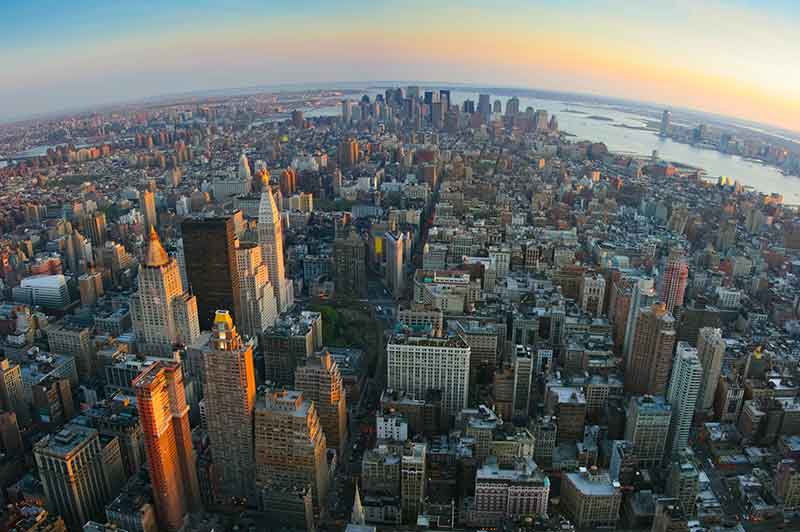Grade 2 - Land and Water Around Us (Spanish)
La Tierra y el Agua Que Nos Rodean
Previsualice el video haciendo clic en la flecha “play”
Historia del video: La Tierra está compuesta de muchos tipos de tierra y agua. También podemos encontrar diferentes tipos de formaciones terrestres y recursos naturales. Cambiamos la tierra que nos rodea con nuestras construcciones y creaciones. También utilizamos muchos de nuestros recursos naturales, pero tenemos que aprender a cuidar los que se pueden agotar.
Duración del video: 15:32 minutos.
Learning Resources with this Video*
Quiz – PDF
Match the Description Vocabulary Sheet
Where I Live
My Seasons
Natural Resource Review
Draw a Scene
Universal Resources
National Standards
*Links are active on Full Video page.












Classroom Ideas
Land and Water Around Us
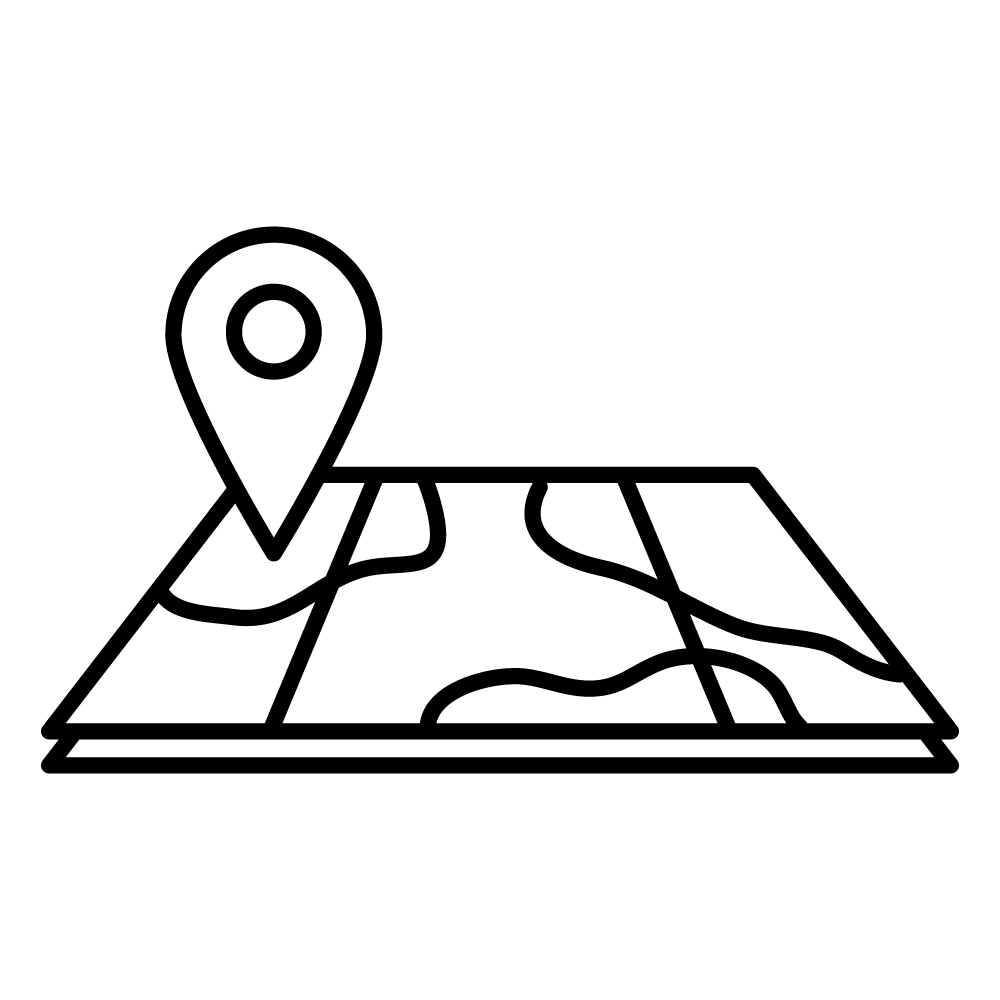
Landforms
Identify landforms and bodies of water around your community or your state.

Local Waste Management
If possible, go visit your local metro waste authority to learn how they are helping preserve your town’s natural resources (if you can’t go to them, see if a representative can come to your classroom) or have students research their local waste management facility.
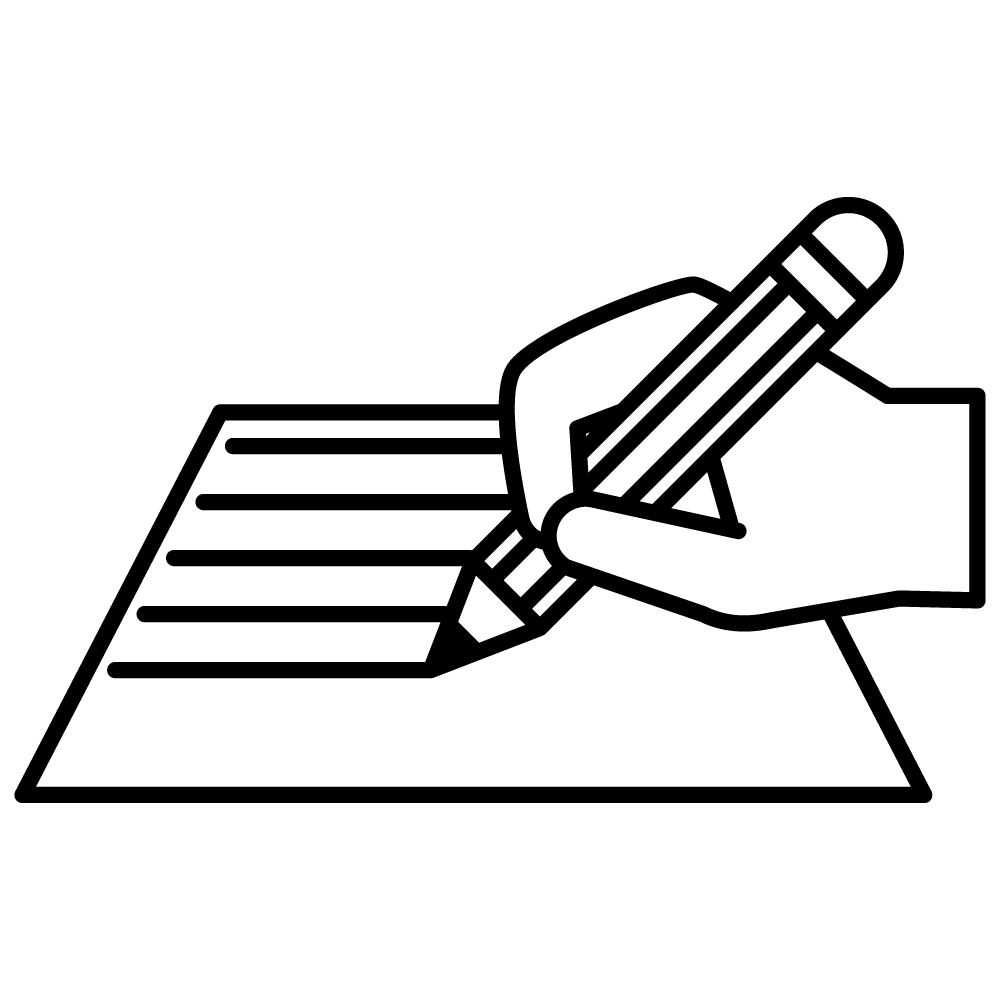
Cloze Practice
A cloze piece has full sentences used in the virtual field trip with blanks where students can write in the information that is missing. This task requires close listening to the trip in order to complete it.
Coral reefs are the _______ type of ecosystem in the world. They’ve been around for over _____ million years.
Answers: oldest; 240
Alternatively, you could have students create 5-10 cloze statements and they could share those with the class.
A third alternative is to distribute the cloze worksheets before watching the video. Students can fill them in as they watch.

Conservation
Prompt students to write about how people can conserve natural resources.
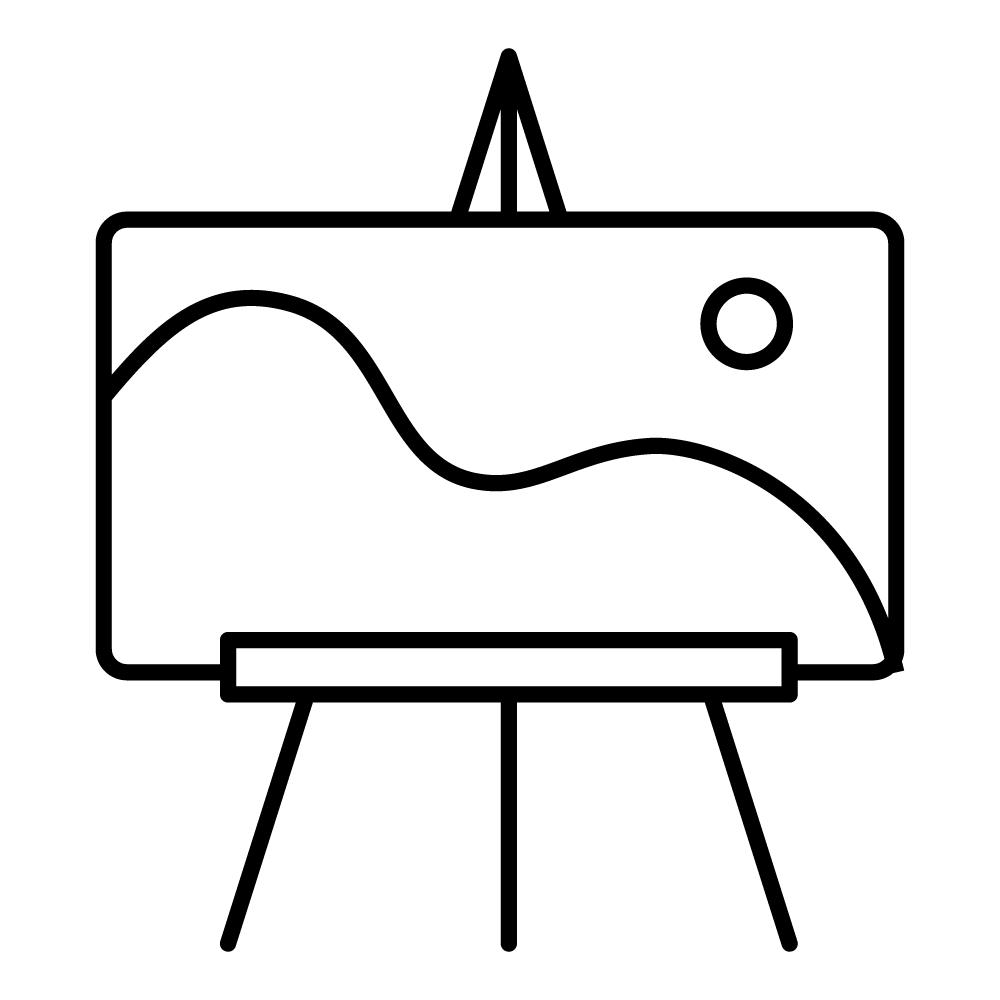
Art and Geography
Draw a picture of your community.
Draw a picture of the landforms in your state.
Draw a picture of the items you recycle at home.
Draw a picture of the natural resources in your community.
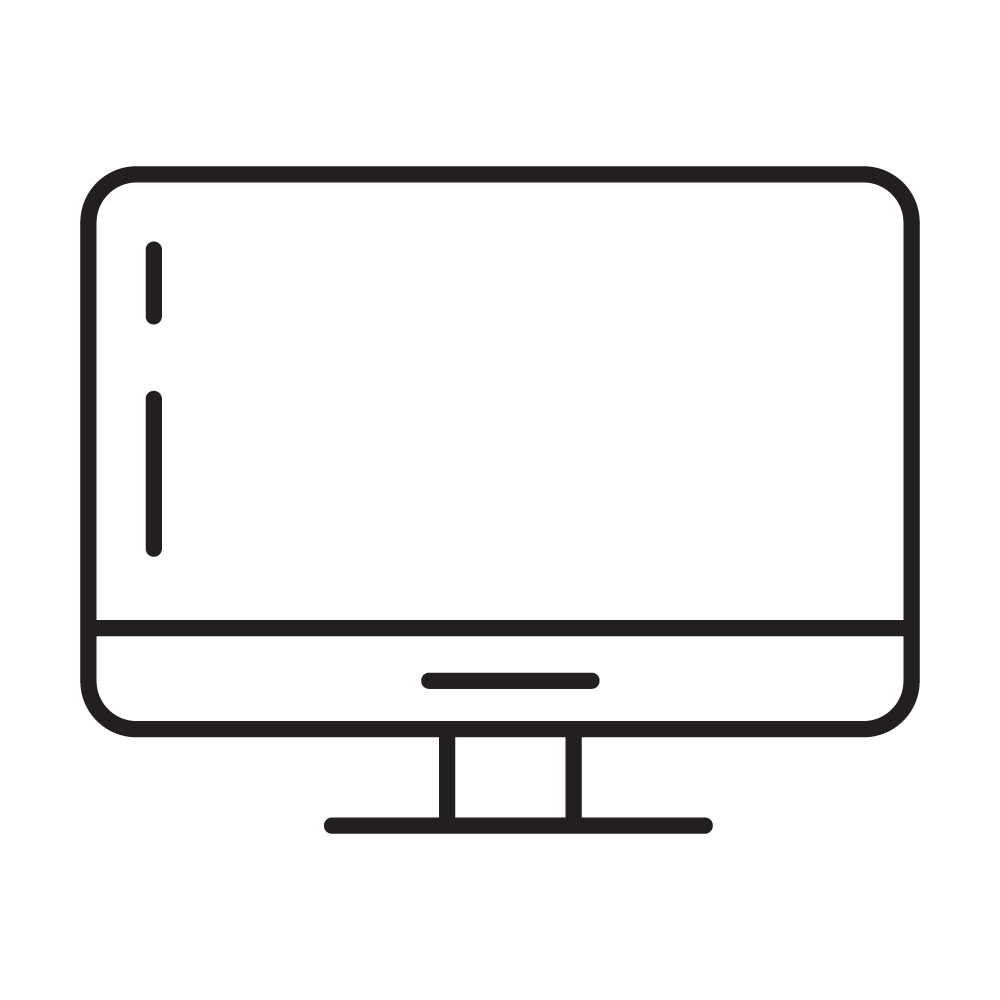
Visual Learning
Offer videos to struggling learners as another form of accessing information and creating knowledge.

Explore Vocabulary
Identify key vocabulary terms while previewing each video. Prompt students to find the meaning of each word as they watch the video. Example: What do the words ecosystem and nonrenewable mean? Think about the meaning of this word as you watch the video.
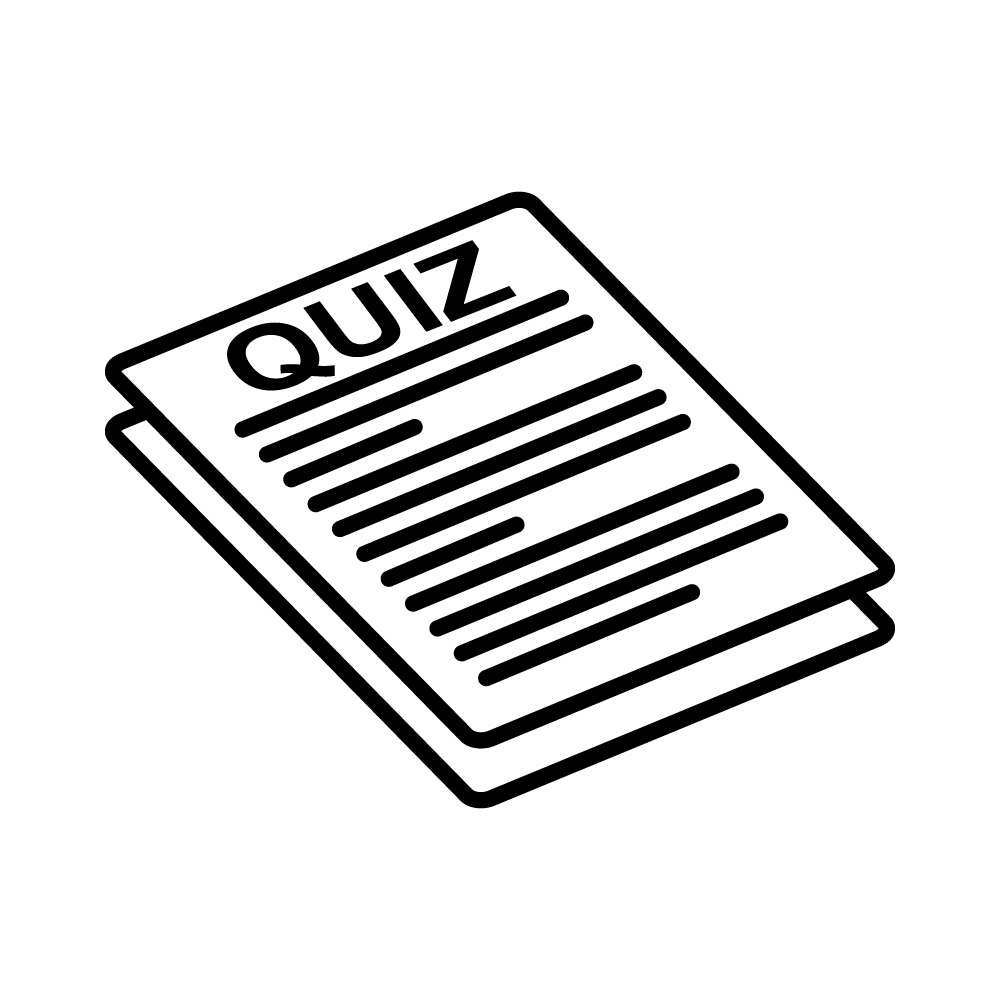
Create Quizzes
Students create a quiz based on the information presented for their peers. This can be used as a review for a test, or jigsaw class activity where students are responsible for teaching other students assigned topics.
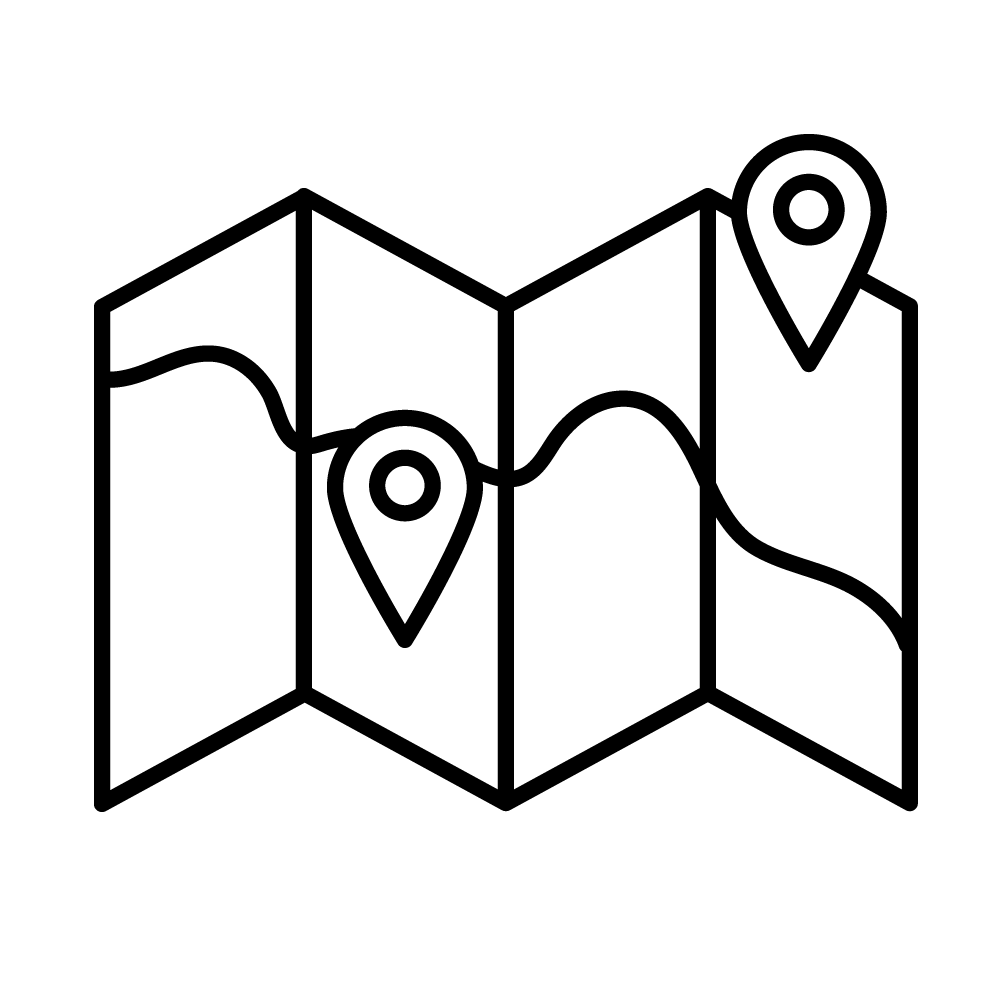
Mapping
Have students draw a map of their neighborhood and town with their home, school,

Writing Topics
Describe the community you live in. Does it have plains, hills, lakes, etc.
Write where you live, suburb, etc
What is the weather like where you live? Describe the weather.
What do the four seasons look like where you live?
What is your favorite type of weather and why?
What national resources are in or near where you live?
Why is it important to reduce, reuse and recycle?
How do you reduce, reuse and recycle at your home?
How do you reduce, reuse and recycle at school?
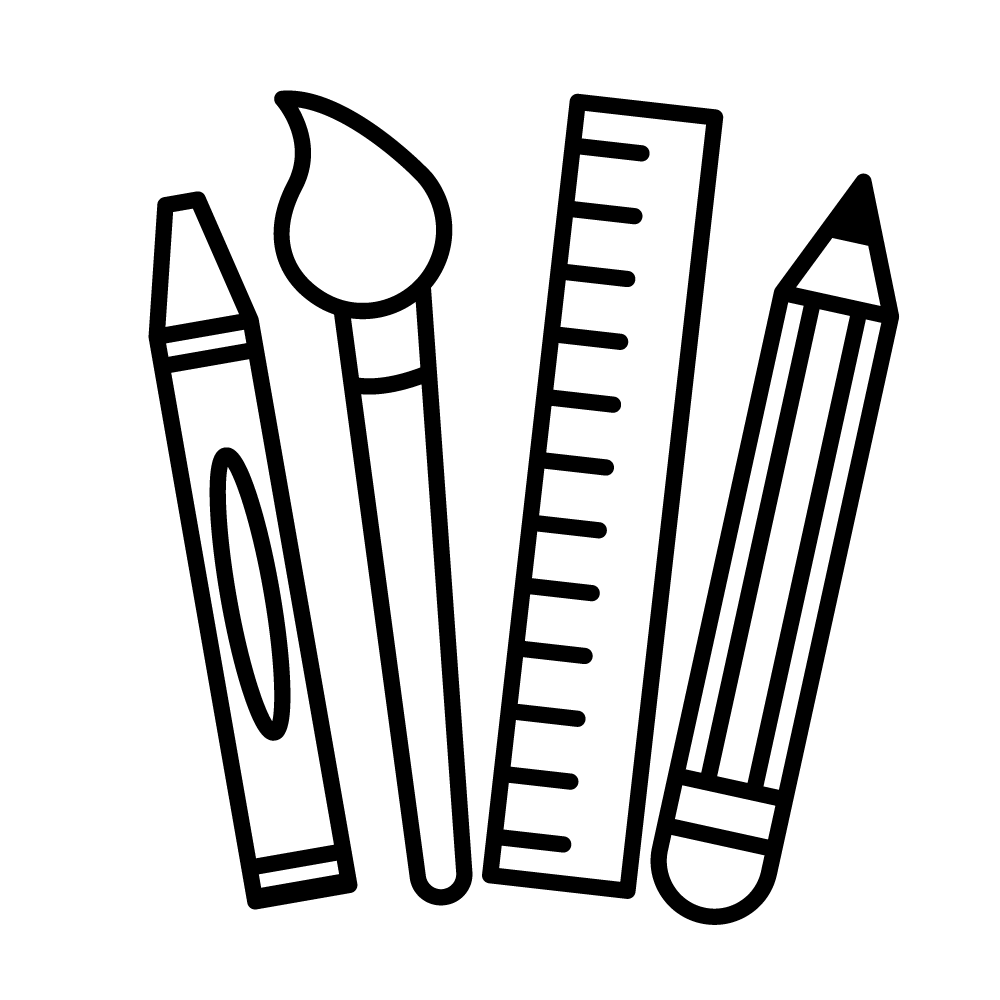
Repurposing
After talking about reducing, reusing, and recycling, bring in items from home (milk containers, plastic containers, newspapers, pop lids, etc. and tell students they have the class period to create something with those items provided (you can also allow them to use scissors, glue, markers, whatever you feel is appropriate for this task) and then the following day have them share with the class what they have created.
Classroom Ideas for ALL Videos
Here are dozens and dozens of ideas that you can use in your classroom along with our videos!
Temas Abarcados
Estados Unidos está formado por 50 estados y está en el continente de América del Norte
Nuestros vecinos en el continente son Canadá y México
En todo el país hay muchos accidentes geográficos y cuerpos de agua
El clima de todo el país también varía, con extremos que van desde los desiertos hasta las ventiscas
Los accidentes geográficos de todo el país se agrupan en regiones que son similares
Las regiones también tienen recursos naturales en común
Recursos renovables y no renovables
Ejemplos y soluciones
Videos in this Series
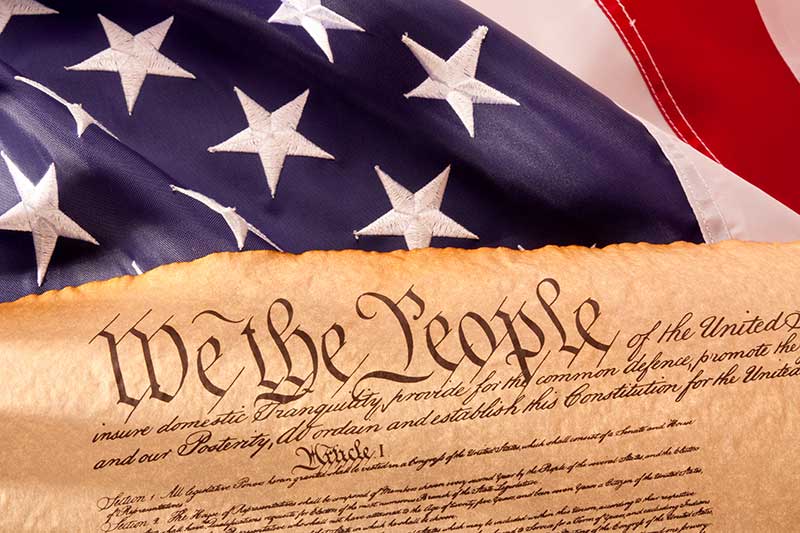
Grade 2 - Our Government At Work
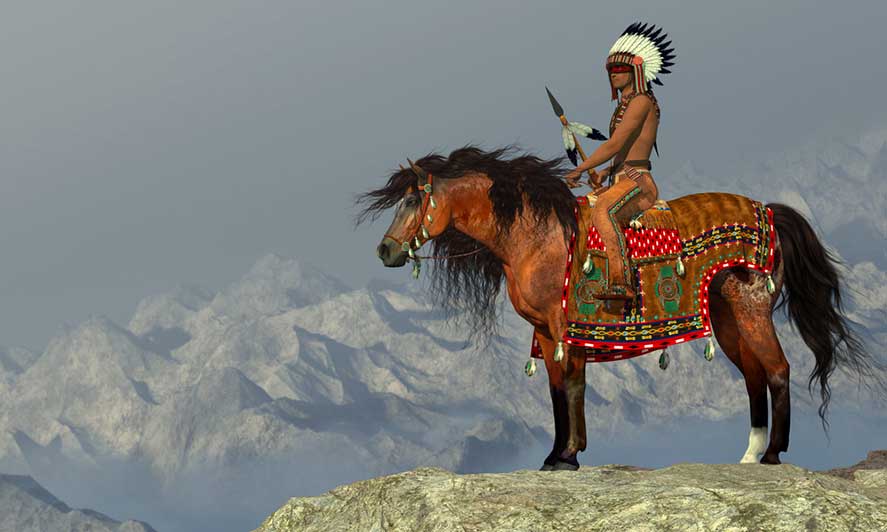
Grade 2 - Early Americans
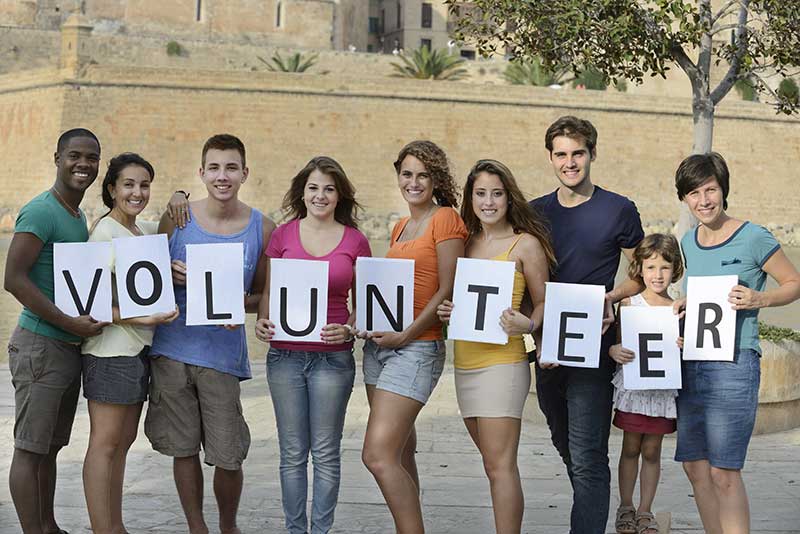
Grade 2 - Work and Money
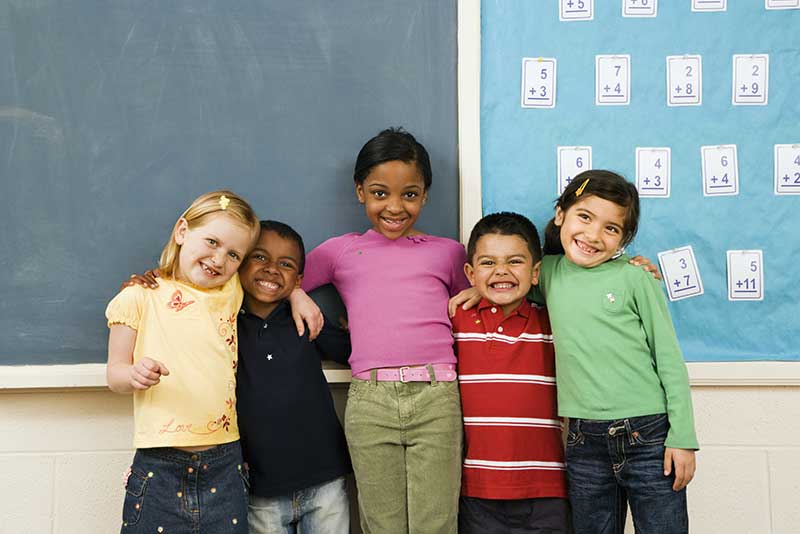
Grade 2 - Living Together
Related Videos
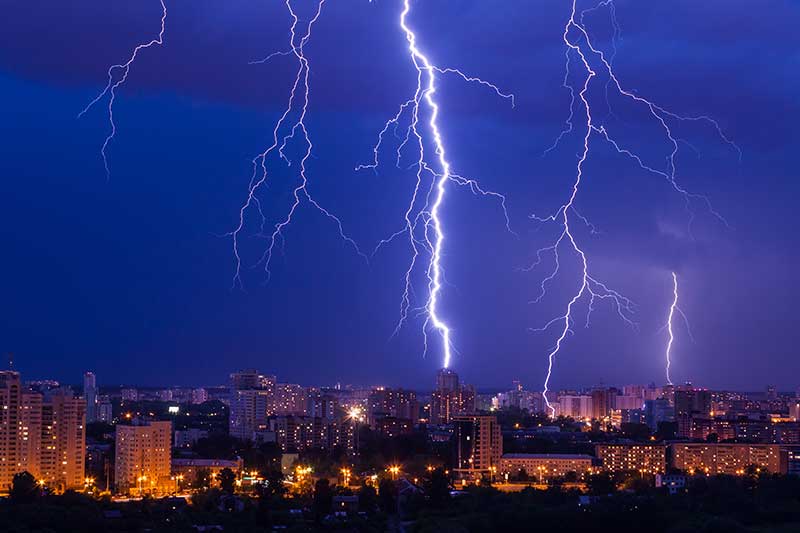
Grade1 - The Earth Around Us
